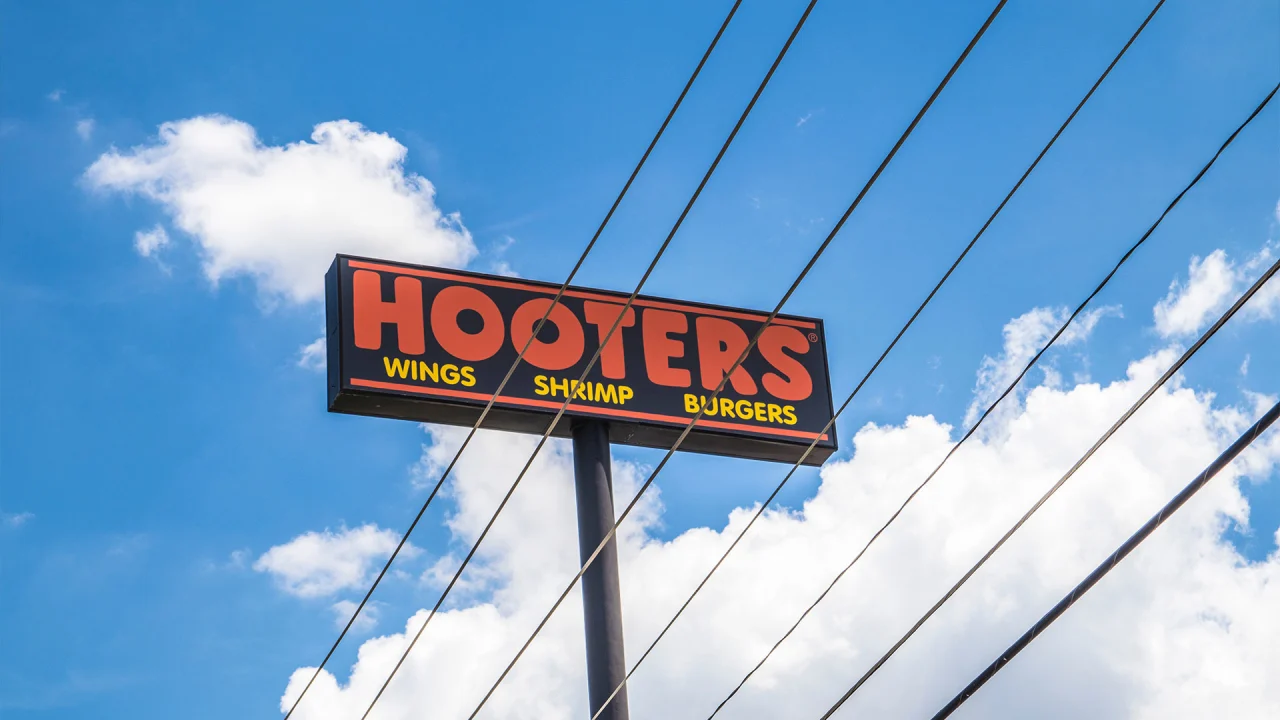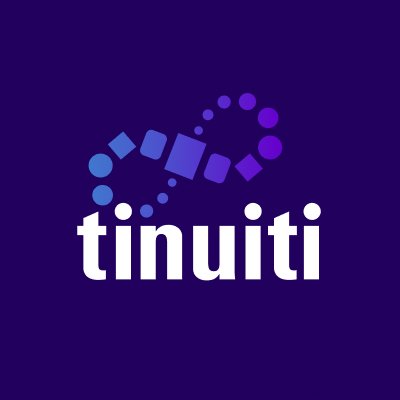T-Mobile Is Expanding Its Starlink Beta to Everyone
You have a chance to connect to Starlink whether you have T-Mobile or not.

In February, T-Mobile seemed like it might offer beta access to Starlink for anyone in the United States. As it turns out, the company was serious: If you want Starlink access, you now have it for 90 days, even if you don't pay for T-Mobile.
Here's the scoop: Back in December, T-Mobile announced a partnership between itself and SpaceX to bring Starlink service to customers. Then, in January, the company started accepting users into the beta, but only those with specific, recent Samsung devices.
Things changed again when Apple released iOS 18.3. It seems Apple was working with SpaceX and T-Mobile to roll out Starlink support to iPhones as well—though none of this was announced from Apple as part of the update. In addition, T-Mobile appeared to be approving certain Pixel 9 users who signed up for the beta as well—expanding the program to Apple, Samsung, and Google devices.
Finally, in a Super Bowl Sunday advertisement, T-Mobile announced it was opening its Starlink beta to the whole U.S.—including users on both Verizon and AT&T. While there were restrictions, if you were interested in trying out T-Mobile's satellite service, you could throw your name in the ring.
Now, as of June, that beta access is now open to everyone, no matter who your carrier is. In addition, T-Mobile is offering some serious perks for free: You'll have access to T-Mobile's 5G network, including 50GB of data and unlimited texts, as well as a series of benefits, like $5 movie tickets, 25% off concert tickets, travel discounts, and "T-Mobile Tuesdays" discounts.
How to join the T-Mobile Starlink beta
If you're interested in getting into T-Mobile's Starlink beta, you first need a compatible unlocked device that uses eSIM. T-Mobile has a list of compatible devices on its official Starlink site, and includes the following:
Apple
Apple iPhone 13
Apple iPhone 13 mini
Apple iPhone 13 Pro
Apple iPhone 13 Pro Max
Apple iPhone 14
Apple iPhone 14 Plus
Apple iPhone 14 Pro
Apple iPhone 14 Pro Max
Apple iPhone 15
Apple iPhone 15 Plus
Apple iPhone 15 Pro
Apple iPhone 15 Pro Max
Apple iPhone 16
Apple iPhone 16 Plus
Apple iPhone 16 Pro
Apple iPhone 16 Pro Max
Google Pixel 9
Google Pixel 9 Pro
Google Pixel 9 Pro XL
Google Pixel 9 Pro Fold
Motorola
moto razr 2024
moto razr+ 2024
moto razr 2025
moto razr+ 2025
moto razr ultra 2025
Motorola Edge 2024 (coming soon)
moto G 2024 (coming soon)
moto G Stylus 2024 (coming soon)
moto G 5G 2024 (coming soon)
moto G Stylus 5G 2024 (coming soon)
Samsung
Samsung Galaxy A36
Samsung Galaxy A36 SE
Samsung Galaxy A54*
Samsung Galaxy S21
Samsung Galaxy S21+
Samsung Galaxy S21 Ultra
Samsung Galaxy S21 FE
Samsung Galaxy S22
Samsung Galaxy S22+
Samsung Galaxy S22 Ultra
Samsung Galaxy S22 FE
Samsung Galaxy S23
Samsung Galaxy S23+
Samsung Galaxy S23 Ultra
Samsung Galaxy S23 FE
Samsung Galaxy S24
Samsung Galaxy S24+
Samsung Galaxy S24 Ultra
Samsung Galaxy S24 FE
Samsung Galaxy S25
Samsung Galaxy S25+
Samsung Galaxy S25 Ultra
Samsung Galaxy S25 Edge
Samsung Galaxy XCover7 Pro
Samsung Galaxy Z Flip3
Samsung Galaxy Z Flip4
Samsung Galaxy Z Flip5
Samsung Galaxy Z Flip6
Samsung Galaxy Z Fold3
Samsung Galaxy Z Fold4
Samsung Galaxy Z Fold5
Samsung Galaxy Z Fold6
Samsung Galaxy A14 (coming soon)
Samsung Galaxy A15 (coming soon)
Samsung Galaxy A16 (coming soon)
Samsung Galaxy A35 (coming soon)
Samsung Galaxy A53 (coming soon)
Samsung Galaxy XCover6 Pro (coming soon)
Note that some non-T-Mobile Galaxy A15 and A53 devices cannot connect to satellite.
T-Mobile
T-Mobile REVVL 7 (coming soon)
T-Mobile REVVL 7 Pro (coming soon)
From here, you'll need to head to T-Mobile's official Starlink page, and choose "Register for the beta now" or scroll down to the registration section. You'll need to enter your first and last name, email address, and phone number. Again, anyone on any carrier can request to join the beta—you don't need T-Mobile.
Once you're approved, T-Mobile will send you an invite via email. You'll verify your number, and T-Mobile will check your eligibility. Then, you'll need to provide some additional information, such as your billing address and credit card information. (Once the trial expires after 90-days, T-Mobile will charge you $10 per month for satellite connectivity, which it says is a $5 savings.)
T-Mobile encourages you to download the T-Life app if you sign up, but be warned: The app records your screen by default when actively using T-Life. You need to manually disable that feature if you want to retain some privacy.
What's the big deal with satellite connectivity?
Being able to connect your smartphone to satellites is, quite literally, a game changer. It means you no longer need to worry about losing cell service or being away from a wifi connection. As long as you have a somewhat clear view to the sky and you're within the coverage map, you're able to connect to the outside world.
To be clear, this feature only works when you do not have available cellular service. When this happens, your phone will then automatically connect to the nearest satellites. You will not have the option to manually connect to satellites when you have a network connection.
Right now, T-Mobile's Starlink beta only works for texting and location sharing. T-Mobile says it's working on bringing support for voice and data coverage next, and, according to Elon Musk, the current Starlink technology should support medium resolution images, and music and podcast streaming. But even if T-Mobile only supports texting and location sharing at this time, you can imagine what a lifeline that is. If you have no cell service, and would otherwise not be able to reach out to emergency services or essential contacts, you can connect to a Starlink satellite and send text messages to either (or both).
That said, this is not the first time iPhones have been able to connect to satellites. Apple has offered satellite connectivity since 2022, when it debuted "Emergency SOS via satellite" with the iPhone 14. The company expanded upon the feature with iOS 18: Before, you could only contact emergency services or roadside assistance via satellite, but since last year's big update, you've been able to send messages to anyone.
For the past two and a half years, Apple has worked exclusively with Globalstar Inc. for satellite connectivity. Going forward, however, if you have an iPhone, and are enrolled in this T-Mobile beta, your phone will default to connecting to SpaceX's satellites. From here, you'll be able to manually connect to Apple's exclusive satellite services if you wish. Interestingly, while Apple's satellite feature makes you point your phone towards the sky to search for the closest satellite, Starlink's service should connect automatically.
This article was updated on Tuesday, June 3 to reflect T-Mobile's plan to offer the Starlink beta to everyone.















































































































































